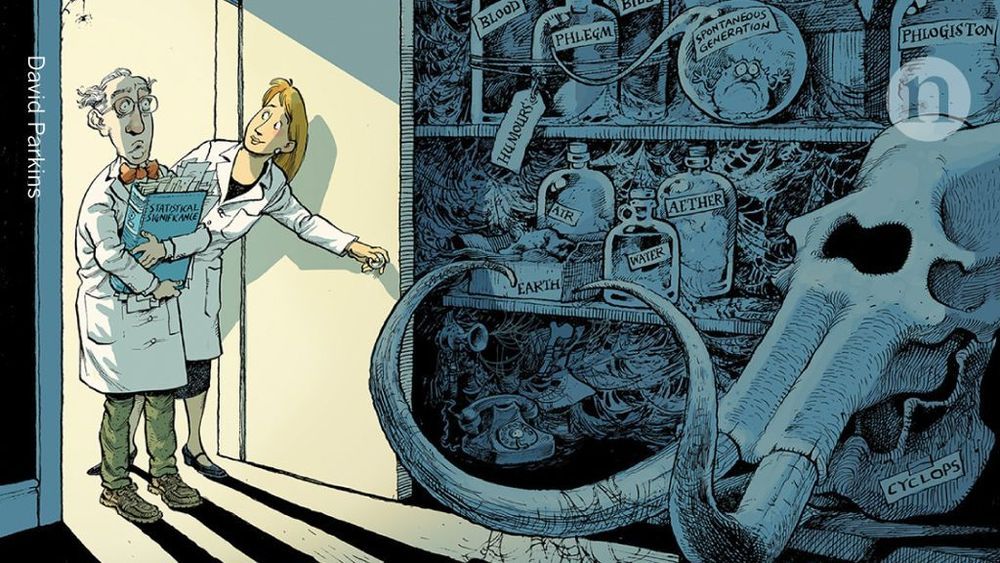In this week’s Mr Futurist Podcast, I will discuss, Is a Universal Basic Income (UBI) a good idea for the US?
Why the Southern United States is headed for a deep economic crash? What US industries will be the most impacted by business automation? Why will automation affect white collar jobs first? Is the US Becoming a Third World Country? How would a Universal Basic Income (UBI) impact large US companies? Illiteracy in the US. Could we have a Great Technological World-Wide Depression? All this and more in this podcast!
Mr Futurist Podcast – Should We Have a Universal Basic Income (UBI) in the US? Get my weekly podcast/article on business automation, AI and advancing technology and how it can and will affect your company, your job and career. The Right Knowledge is a Powerful thing! This weeks podcast transcript: This week’s article will be on the dark side. I promise by the end, I will flip this around and offer solutions, and make what appears to be something gloom and doom, have a possible happy ending. Having studied artificial intelligence and business automation for the last couple of years. I believe the unemployment numbersRead More →








